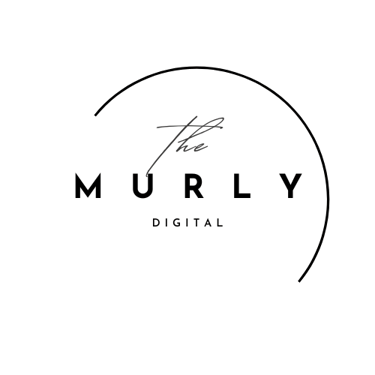How Digital Ads Are Replacing Traditional Property Listings in 2025
In 2025, digital ads have replaced traditional property listings—giving real estate brands hyper-targeted reach, interactive formats, and measurable ROI that print classifieds can’t match.
10/1/20252 min read


How Digital Ads Are Replacing Traditional Property Listings in 2025
In 2025, digital ads have officially replaced traditional property listings — giving real estate brands hyper-targeted reach, interactive formats, and measurable ROI that print classifieds can’t match
From Classifieds to Clicks: Why Traditional Listings Are Obsolete
For decades, newspapers, magazines, and physical brochures were the backbone of real estate discovery. But the way people buy homes has changed.
Today’s buyers spend hours browsing Google, Meta, YouTube, and property portals like 99acres, MagicBricks, and Housing.com, comparing projects before even contacting a sales team.
Here’s why traditional listings can no longer compete:
Decline of print readership: Digital attention has shifted online — print ads now reach a fraction of what Google or Meta campaigns can.
Static vs. dynamic content: A printed listing can’t update pricing or offers instantly; digital ads can.
Limited reach: A newspaper ad speaks to locals; a digital ad reaches NRI buyers, investors, and residents across geographies — all in one click.
In short: traditional listings can’t match the speed, scale, or precision of digital.
Why Digital Ads Win in Real Estate
1. Hyper-Targeted Reach
Platforms like Meta Ads, Google Display, and programmatic DSPs allow precise targeting by:
Demographics: Age, income, job title
Location: Geo-fenced targeting within a 3–5 km radius of project sites
Behavior: Users searching “flats in Pune under 50L” or engaging with home-finance tools
You no longer rely on chance visibility — your ads reach active property seekers.
2. Richer Creative Formats
Digital ads replace text-heavy classifieds with immersive experiences:
360° virtual tours and walkthroughs
Drone-shot videos showcasing property scale
Interactive carousels for amenities and floor plans
Instant lead forms built into the ad
These formats help move audiences from interest → inquiry faster than any print ad ever could
3. Full-Funnel Measurement
Every interaction can be tracked — from first impression to site visit:
Awareness: Impressions, reach, video views
Consideration: Clicks, brochure downloads, call inquiries
Conversion: Verified leads, walk-ins, or sales
Traditional listings could only offer circulation numbers — digital gives data-backed ROI
4. AI-Powered Optimization
Platforms now use AI-driven bidding and creative optimization to automatically direct budget toward top-performing ads and audiences.
Result: higher-quality leads and lower CPL (Cost per Lead)
Emerging Trends in 2025 Real Estate Advertising
Programmatic CTV Ads: Premium projects promoted on OTT platforms like Hotstar and JioCinema to reach high-income viewers.
WhatsApp & Messaging Ads: Instant chat-to-booking experiences with integrated sales CRM handovers.
Voice & Visual Search: Optimizing for queries like “2BHK flats near Hinjewadi” through Google Lens or Alexa.
AR/VR Property Previews: Ads that lead prospects to virtual site visits — a growing norm post-2024.
Technical Best Practices for Real Estate Digital Ads
Dynamic Ads with API Feeds: Sync real-time availability, inventory, and pricing.
CRM + Pixel Integration: Retarget users who viewed or interacted with project pages.
Geo-Fenced Targeting: Focus ads around competing projects or hotspots like Baner, Wakad, or Kharadi.
SEO + SEM Synergy: Support paid campaigns with optimized landing pages and blog content.
Compliance & Transparency: Maintain RERA-compliant creatives and clear disclosures.
Conclusion
By 2025, traditional property listings have lost their competitive edge.
Digital ads offer what print never could —
precise targeting, rich engagement, transparent metrics, and scalable visibility.
For real estate developers, builders, and brokers, the message is clear:
embrace digital as your default listing strategy — or risk being invisible to tomorrow’s buyers.
Ready to Go Digital-First?
If your property marketing still depends on newspaper classifieds or portal listings, you’re already behind.
Contact Murly Digital to audit your current advertising mix and build a digital-first lead generation system tailored for 2025’s real estate buyers.

